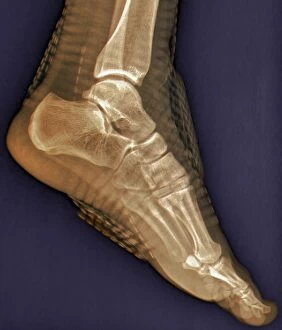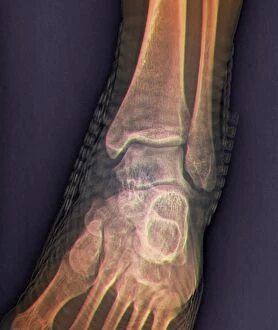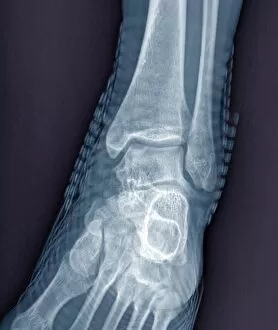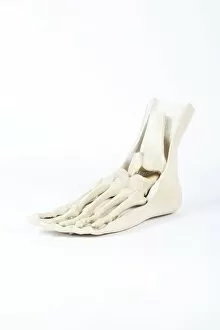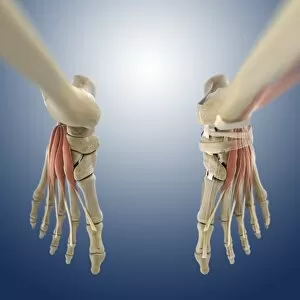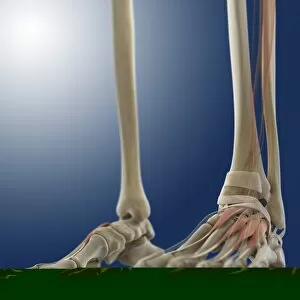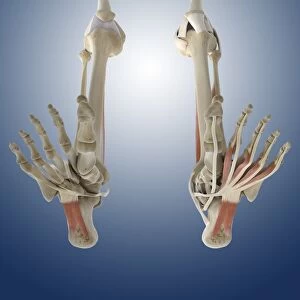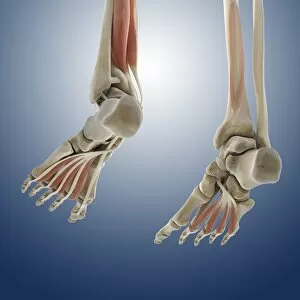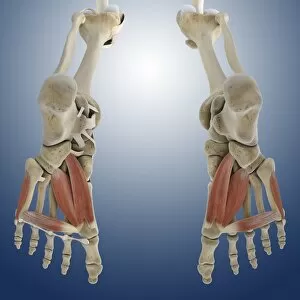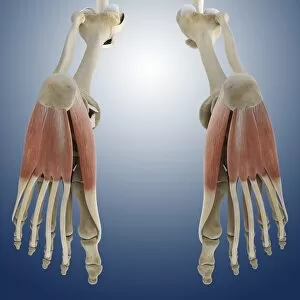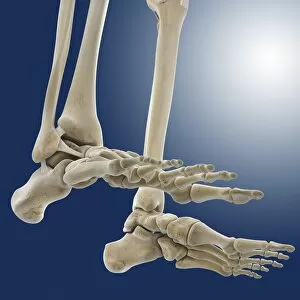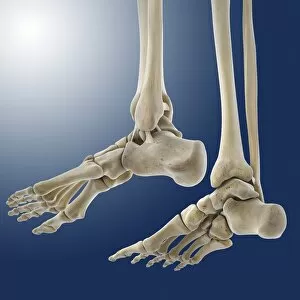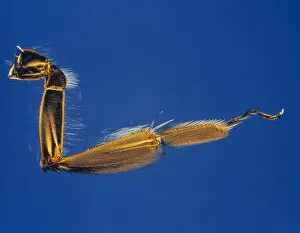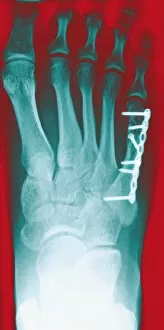Metatarsus Collection (#2)
Metatarsus, also known as the metatarsal bones, is a crucial part of the human skeletal system
For sale as Licensed Images
Choose your image, Select your licence and Download the media
Metatarsus, also known as the metatarsal bones, is a crucial part of the human skeletal system. Located in the foot, it consists of five long bones that connect to the toes. These bones play a vital role in supporting our body weight and facilitating movement. When we look at a diagram of the right leg and hip, we can clearly see how the metatarsus fits into this intricate structure. It connects to the tibia and fibula through various ligaments, ensuring stability and flexibility during activities such as walking or running. In an anatomical illustration of the human foot, we can observe not only the skin but also veins, arteries, muscles, and bones. The metatarsus stands out prominently as one of these essential components. Its position between the ankle joint and phalanges demonstrates its significance in maintaining balance and absorbing shock while engaging in physical activities. Artworks depicting outer ankle ligaments (C013 / 4452) and inner ankle ligaments (C013 / 4451) shed light on how these structures support proper alignment within our feet. A healthy ankle joint X-ray showcases how well-preserved metatarsals contribute to overall foot health. Interestingly enough, even extinct species like Rodrigues' dodo had their own version bone structures. Comparing them with those found in various pigeons reveals evolutionary adaptations for different lifestyles. The human skeletal system's front view provides us with a comprehensive understanding of where exactly each bone lies within our bodies – including every individual metatarsal bone that forms part of this complex framework. An engraving showcasing an eagle's skeleton reminds us that birds too possess their own unique set of metatarsals adapted for flight purposes. This further emphasizes just how versatile these bones are across different species. Finally, observing a male human skeleton dynamically posed from a frontal perspective highlights not only his musculature but also underscores how interconnected all parts are – including the metatarsus.

